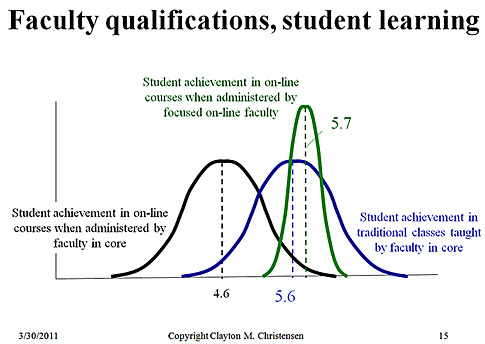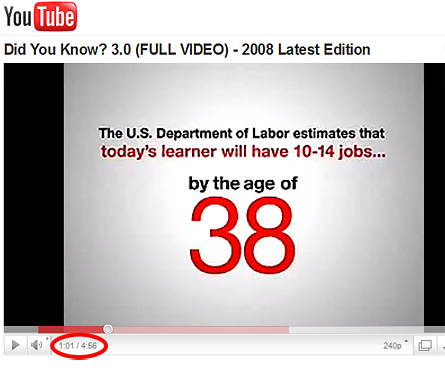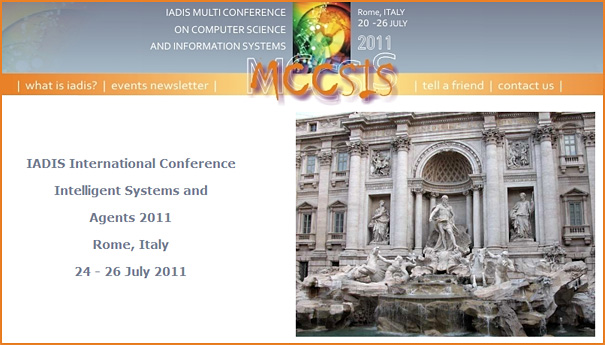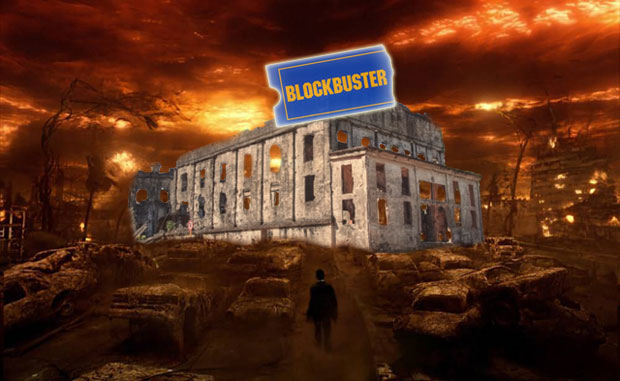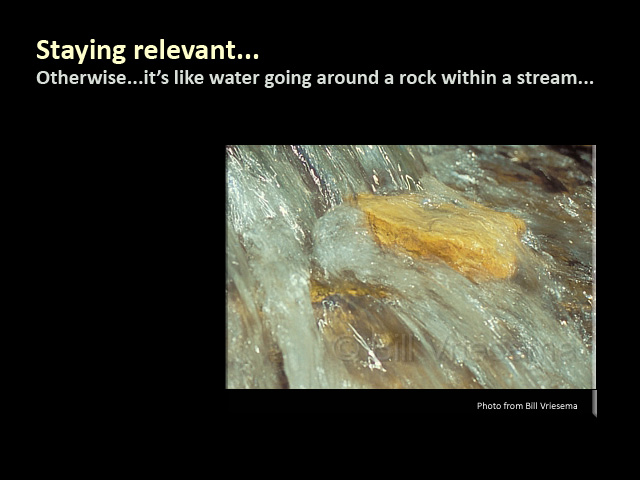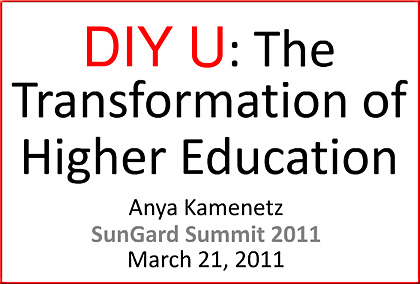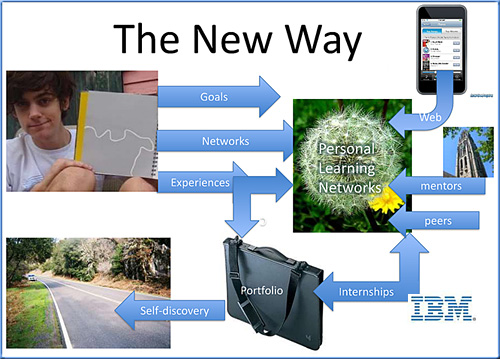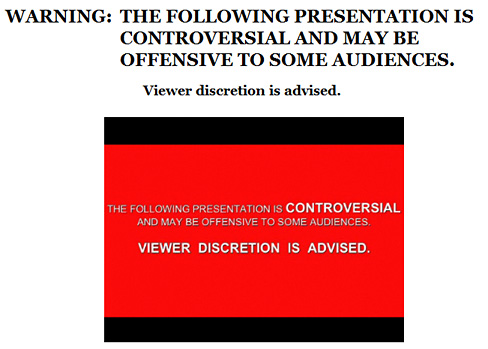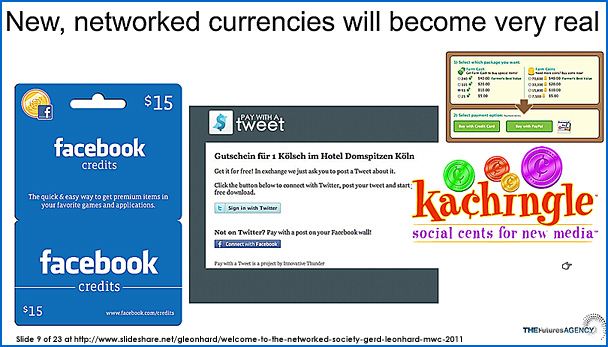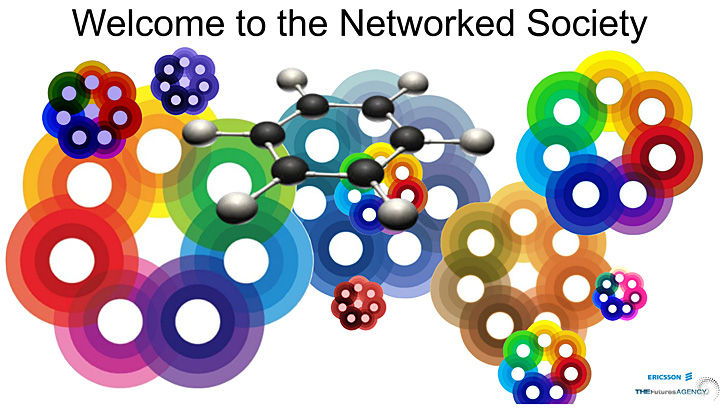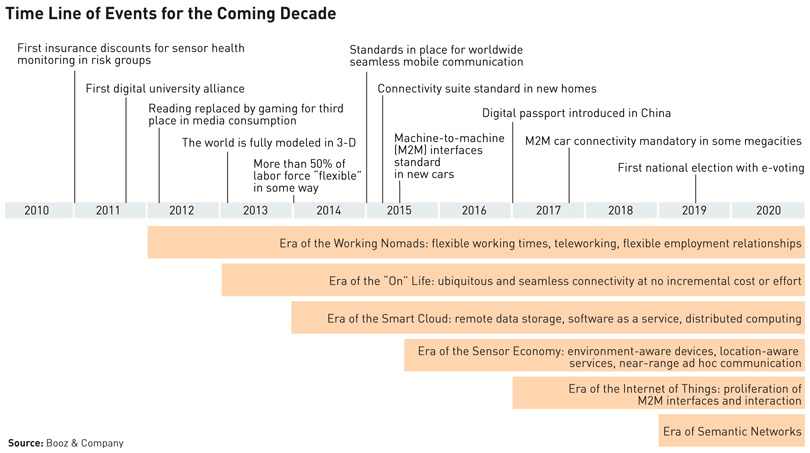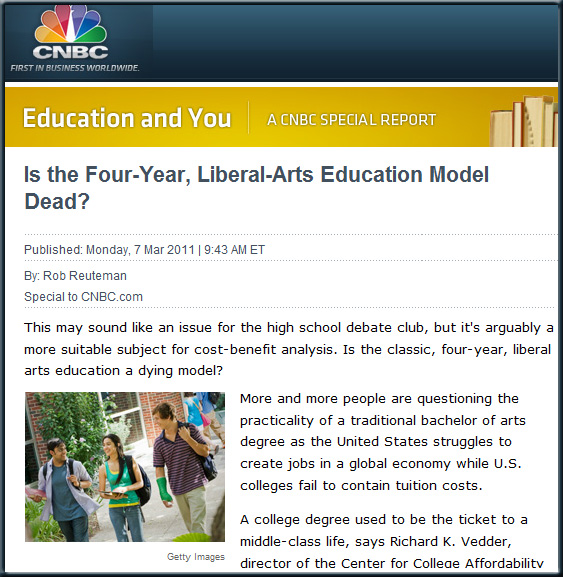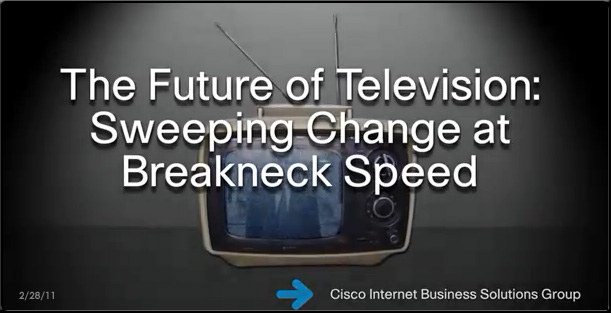Does online education put traditional universities at a ‘grave risk’? — from eCampusNews.com by Denny
An expert on ‘disruptive innovation’ says ed tech could change the way powerhouse universities operate
Excerpt from article:
Christensen, a Harvard Business School professor and author of The Innovator’s Dilemma and The Innovator’s Prescription, delivered the keynote address to an audience of higher-education officials March 7 at the American Council on Education’s Annual Meeting in Washington, D.C.
Christensen outlined the ways upstart, innovative businesses have toppled the giants of industry—such as Toyota’s rise coinciding with American automakers’ downfall—and how that model might translate to colleges and universities.
While online college classes have grown more available and affordable over the past decade, Christensen said a major shift had not yet occurred in higher education. Not until online learning grew in popularity was higher education even “amenable” to a major “disruption,” he said.
“When technology gets good enough, it sucks customers out of the old into the new,” he said, referring to institutions that have specialized in online learning, rather than traditional schools that have slowly adopted online college classes. “It doesn’t work the other way around.”
That move away from traditional powerhouses of education, he said, likely would happen in the next 20 years, and elite schools should be prepared.
…
National data support Christensen’s warning to traditional universities. Online student enrollment increased by 21 percent in 2010, according to the annual Sloan Survey of Online Learning. Overall, higher-education enrollment grew by 2 percent.
The survey of more than 2,500 colleges and universities showed online college classes gained 1 million students from 2009. More than 5.6 million students were enrolled in at least one web-based class in the fall 2009 semester.
Some example items from Christensen’s and Cizik’s keynote presentation:
The Innovative University: Changing the DNA of Higher Education From the Inside Out
- Clayton M. Christensen, Robert and Jane Cizik Professor of Business Administration, Harvard Business School:
Also relevant/see:









